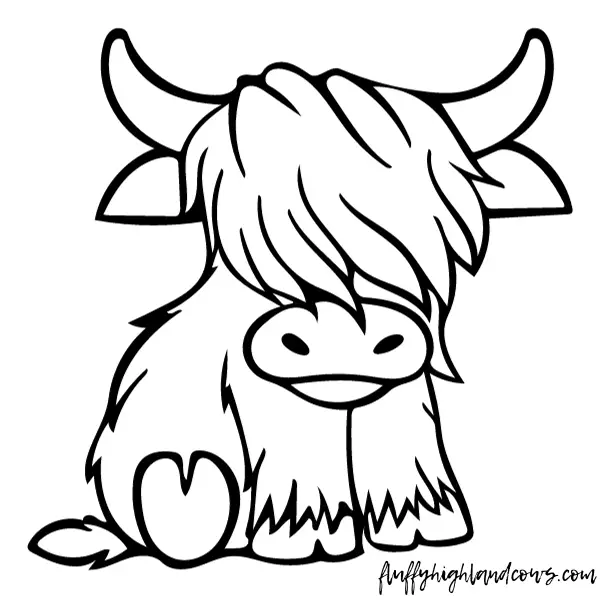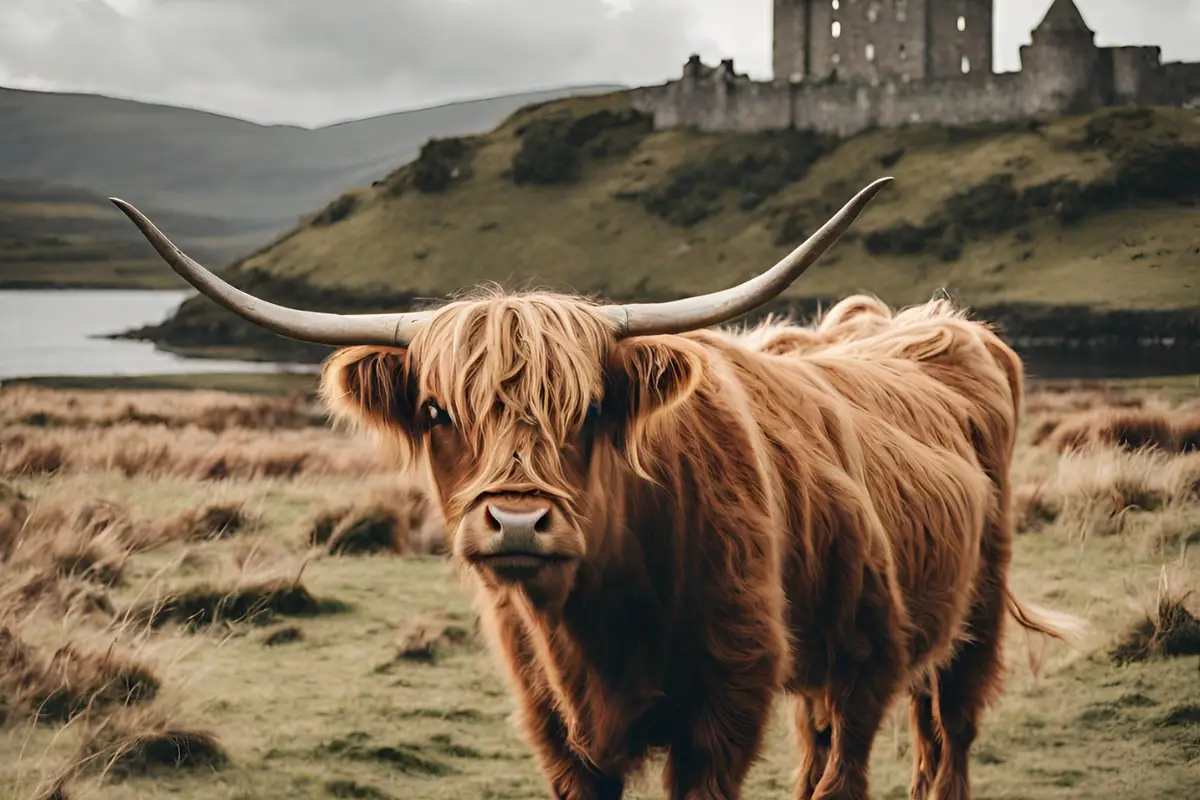The Majestic Long Hair Cow: Unveiling Diverse Breeds and Their Unique Traits
When it comes to the fascinating world of cattle breeds, “long hair cow” is a phrase that captures the imagination and curiosity of many. These majestic animals, with their flowing coats and distinctive appearances, are not just a sight to behold but also play a significant role in agriculture and culture across the globe.
From the rugged Highlands of Scotland to the serene pastures of England, long-haired cow breeds have adapted to various environments, each with unique characteristics and uses.
In this article, we delve into the diverse world of long hair cow breeds, exploring their history, traits, and the roles they play in modern farming and lifestyle. Whether you’re a farmer, an animal enthusiast, or simply intrigued by these magnificent creatures, join us on a journey through the world of long hair cows.

1. Highland Cattle
Originating from the Scottish Highlands, Highland cattle are renowned for their long, flowing coats and majestic horns. These coats, comprising a downy undercoat and a longer overcoat, provide insulation against harsh climates.
Highland cattle are hardy and adept at foraging, making them ideal for rough terrains. Their gentle temperament endears them to farmers and pet owners alike. Traditionally used for meat, their beef is lean and flavorful.

2. Galloway Cattle
Galloway cattle, native to Scotland, boast a dense, curly coat that’s water-resistant, ideal for wet climates. This breed is one of the oldest and purest in Europe.
Galloways are predominantly black but can also be dun or red. They are known for their docile nature and efficient meat production. Their beef is marbled and tender, highly prized in culinary circles.
Galloways are also used in conservation grazing due to their ability to thrive in tough conditions.

3. Luing
The Luing cattle breed, developed on the Scottish island of Luing in the 1940s, is a hardy and efficient beef breed. These cattle have a thick, shaggy coat that protects them from the harsh island weather.
Luings are a mix of Shorthorn and Highland cattle, combining the best traits of both: the hardiness and foraging ability of Highlands with the meat quality of Shorthorns. They are known for their longevity, good mothering abilities, and ease of handling.

4. Shetland Cattle
Shetland cattle, from the Shetland Islands of Scotland, are small, versatile, and resilient, with a thick, insulating coat that shields them from severe island winds. This breed is multi-purpose, historically used for milk, meat, and as a draught animal.
Their size and friendly nature make them suitable for small farms and conservation grazing. Shetland cattle are also known for their ability to thrive on sparse vegetation, making them excellent for land management.

5. South Devon Cattle
South Devon cattle, the largest of the British native breeds, are known for their gentle nature and a curly coat that provides warmth in colder climates. Originating from Southwest England, they are primarily beef cattle, prized for their high-quality, marbled meat.
Their calm demeanor makes them easy to handle, and they have a high fertility rate. South Devons are adaptable to various climates and farming systems, making them a versatile choice for farmers.

6. Whitebred Shorthorn
The Whitebred Shorthorn, primarily found in the border regions between England and Scotland, is distinguished by its white coat and moderate hair length. This breed is primarily used for crossbreeding with other cattle, especially the Galloway, to produce the Blue Grey.
Whitebred Shorthorns are known for their docility, hardiness, and good mothering abilities. They are well-suited to upland farming and are valued for their ability to produce quality offspring.

7. Chillingham Cattle
Chillingham cattle are a rare breed, primarily found in Northumberland, England. Known for their wild nature and striking white coat with long hair, they are one of Britain’s oldest breeds.
Living in a semi-feral state, these cattle are a subject of ecological and historical interest. They are small, horned, and have a lean build. Chillingham cattle are not commercially farmed but are preserved for their genetic uniqueness and historical significance.

8. White Park Cattle
White Park cattle are an ancient British breed, distinguished by their long white coats and black or red points (ears, muzzles, and feet). They are a hardy breed, capable of thriving in harsh conditions, and are known for their longevity and disease resistance.
Historically, they were used for draught work and milk production, but today they are primarily raised for high-quality, lean beef. White Parks are also valued for conservation grazing due to their ability to manage rough pasture.

9. English Longhorn
The English Longhorn, with its distinctive curved horns and varied coat colors, including a longer winter coat, is a historic breed that played a key role in the development of the British dairy and beef industries.
Known for their docile temperament, they were almost extinct by the 20th century but have since recovered.
English Longhorns are now prized for their high-quality beef, which is lean and marbled, and their ability to thrive in diverse environmental conditions.

10. Hereford
Herefords, with origins in Herefordshire, England, are one of the world’s most widespread beef cattle breeds. They are adaptable to various climates, including colder regions where they develop a longer coat.
Known for their efficiency in converting grass to meat, Herefords have a docile temperament, making them a favorite among cattle farmers. They are distinguished by their red body and white face, and their meat is well-marbled, tender, and flavorful.

11. Yak
Yaks are not true cows but are often included due to their bovine characteristics and long, shaggy hair. Native to the Himalayas, they are adapted to high altitudes and cold temperatures.
Yaks are multipurpose animals, used for their milk, meat, and wool, as well as for transport. They are hardy, with a remarkable ability to thrive on sparse vegetation.
Yaks play a crucial role in the culture and economy of Himalayan communities.
The Diversity of Long Hair Cow Breeds
The world of long hair cows is as diverse as it is fascinating. Each breed, from the hardy Highland cattle to the versatile Yaks of the Himalayas, tells a unique story of adaptation, survival, and human interaction.
These breeds are not just remarkable for their distinctive coats but also for their contributions to agriculture, conservation, and cultural heritage.
Understanding and appreciating these long hair cow breeds is crucial, not only for their preservation but also for the continued enrichment they bring to our lives and ecosystems.
As we continue to explore and cherish these magnificent animals, the phrase “long hair cow” remains a symbol of natural beauty, resilience, and the enduring bond between humans and the animal kingdom.

